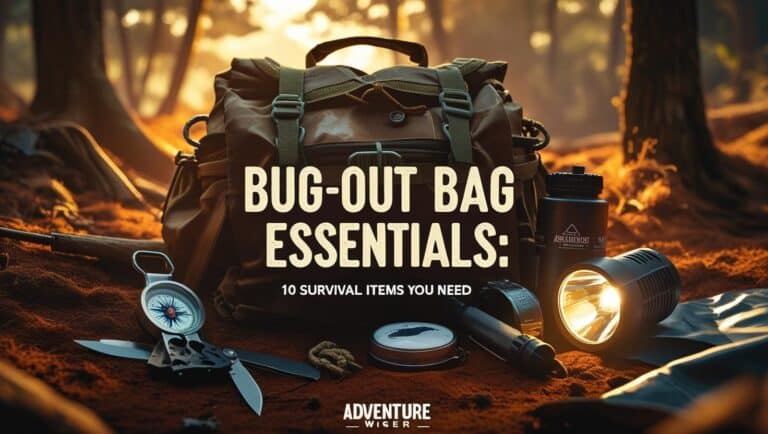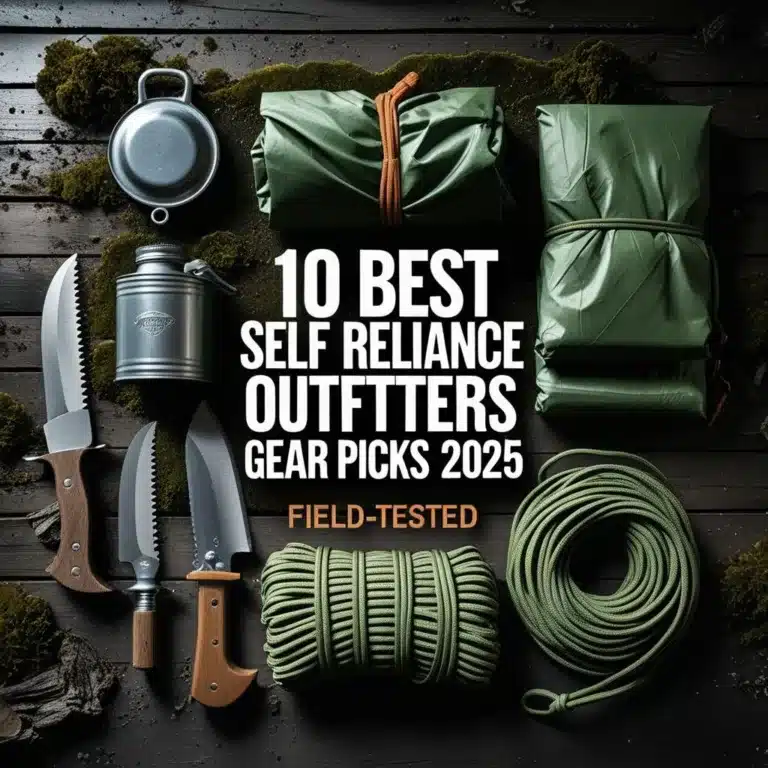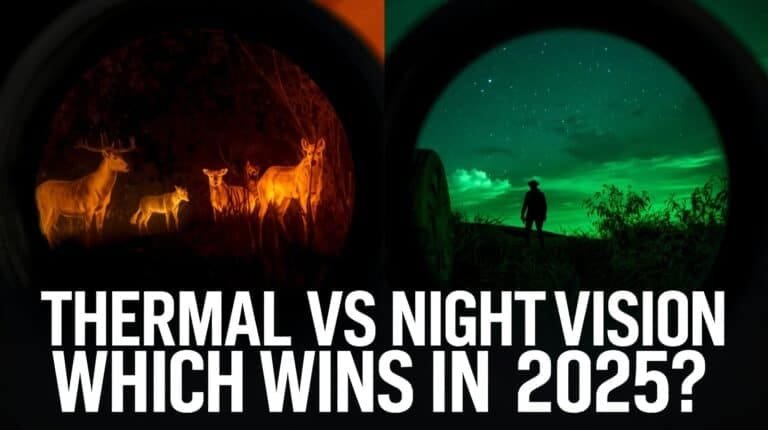
7 Best Compasses for Preppers in 2025 (That Won’t Betray You in the Woods)
Picture this: the grid just went down, your phone’s a $1,200 paperweight, and you’re standing in the woods debating which tree looks less murderous. That’s when it hits you—Google Maps doesn’t work without satellites and cell towers.
A compass isn’t just some Boy Scout trinket. For preppers, it’s the difference between walking confidently toward safety or starring in a “lost hiker found three counties over” news clip. In 2025, while everyone’s glued to their glowing screens, you’ll have a backup that doesn’t care about battery life, cell service, or whether the sun bothered to rise.
That’s why we’re breaking down the 7 best compasses for preppers in 2025—reliable picks you can actually trust when the world stops spinning in your favor.
What Makes a Compass “Prepper-Grade”?
Not every compass deserves a spot in your bug-out bag. A $5 gas station toy might point north when you’re standing in a parking lot, but when you’re deep in the woods with the rain pouring and your GPS fried, you’ll wish you had something built for real survival. A prepper-grade compass isn’t about looking cool on a lanyard—it’s about being able to trust your gear when everything else fails.
Here’s the no-nonsense checklist every survivalist should follow before buying:
- Durability: Your compass should laugh at being dropped on rocks, dunked in a creek, or shoved into a pack full of steel tools. Military-grade housing, a scratch-resistant face, and impact-proof design are non-negotiable. If it cracks the first time you trip, it’s not prepper gear—it’s trash.
- Accuracy: A compass is only as good as its needle. Look for models with a stable needle, clear degree markings, and precise bearings. A wobbling or sticking needle might as well be a drunk friend giving directions.
- Extra Features: The best compasses come with perks that matter when you’re navigating for real—glow-in-the-dark markings for night use, a sighting mirror for long-distance accuracy, a clinometer for measuring slopes, or even a global needle if you plan to travel internationally. These aren’t gimmicks; they’re lifesavers when conditions turn ugly.
- All-Weather Reliability: Rain, snow, freezing cold, blistering heat—if your compass can’t handle it, it doesn’t belong in your kit. A prepper-grade compass should work whether you’re in the Sahara or the Rockies, because you don’t get to pick when disaster strikes.
Bottom line: if a compass isn’t built to take abuse, stay accurate, and function when conditions suck, it’s not prepper-grade. Now let’s dig into the 7 compasses worth betting your life on in 2025.
Prepper-Grade Compass vs. Cheap Compass: What’s the Difference?
Prepper-Grade Compass ✅
- Built with military-grade housing that survives drops, mud, and rain
- Stable, fast-settling needle that won’t stick or wobble
- Glow-in-the-dark markings or tritium for night navigation
- Features like declination adjustment, clinometer, and mirror sighting
- Works in extreme temps (desert heat, subzero cold)
- Trusted by military, search & rescue, and survival pros
Cheap Compass ❌
- Plastic body that cracks if you sneeze too hard
- Needles that stick, spin, or point vaguely “north-ish”
- Useless at night unless you strap a flashlight to it
- No way to adjust for declination, leading you miles off-course
- Stops working when wet, frozen, or too hot
- Looks good on a keychain… until you need it
In survival, “good enough” isn’t. A cheap compass is dead weight. A prepper-grade compass is insurance that pays out when everything else fails.
The 7 Best Compasses for Preppers in 2025
1. Suunto MC-2G — The Global Accuracy Beast
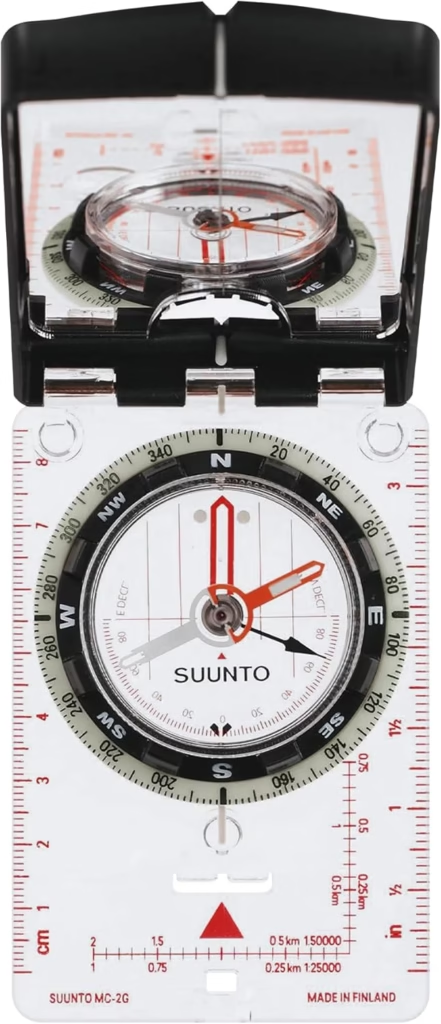
If you want one compass to rule them all, this is it. The MC-2G has a global needle, meaning it works no matter which hemisphere you’re lost in. Add a sighting mirror, declination adjustment, and glow-in-the-dark markings, and you’ve got a prepper’s dream tool.
Why It Rocks: Works anywhere on Earth, with global needle, sighting mirror, clinometer, and declination adjustment.
Best For: Preppers who actually plan on leaving their zip code.
Scores
- Accuracy: 9
- Durability: 8
- Versatility: 9
- Value Rating: 9/10 (Affordable powerhouse)
- Overall Score: 86
Specs:
- Weight: 2.6 oz
- Global needle
- Adjustable declination
- Mirror + clinometer
Best For: Preppers who want one compass that never fails.
Pro Tip: Keep this as your primary, but stash a backup in your glovebox.
2. Cammenga 3H Tritium — The Military Standard
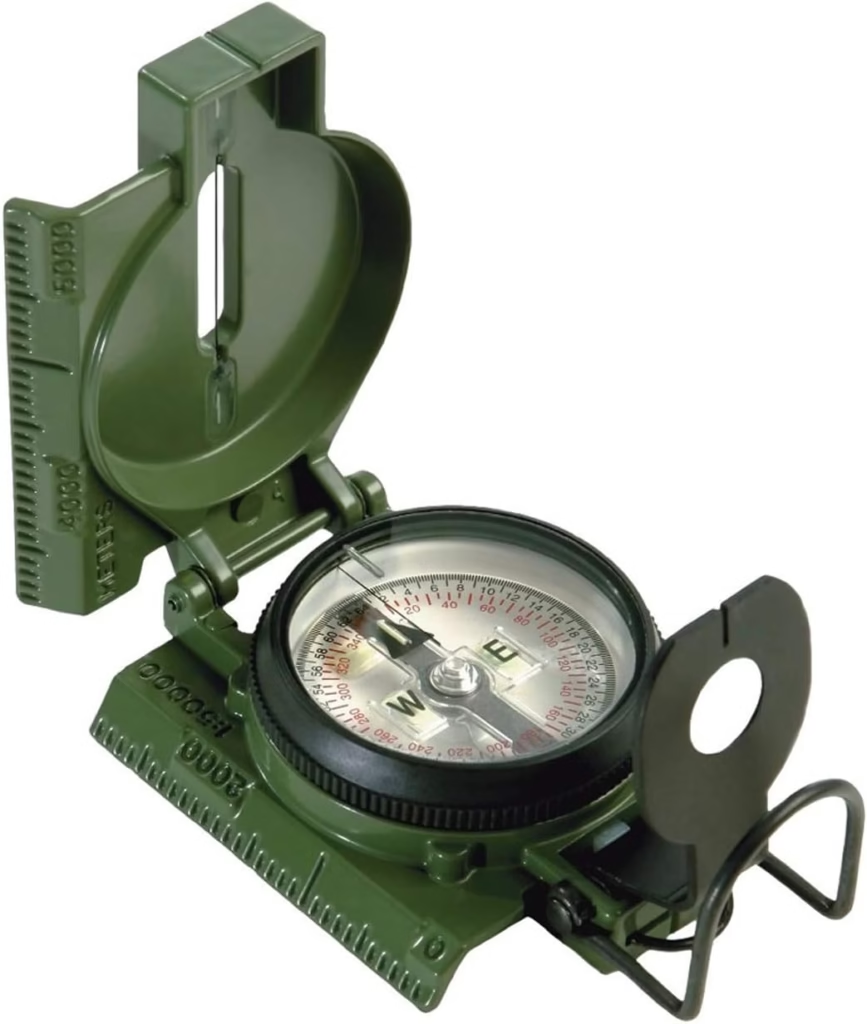
This is the official compass of the U.S. military for a reason. Rugged, battle-tested, and fitted with tritium glow vials that don’t require a flashlight at night. Still my favorite!
Why It Rocks: The U.S. military’s gold standard. Tritium glow for 12+ years. Rugged enough to survive warzones.
Best For: Hardcore preppers who want apocalypse-proof gear.
Scores
- Accuracy: 9
- Durability: 10
- Versatility: 7
- Value Rating: 7/10 (Expensive, but bombproof)
Overall Score: 88
Specs:
- Weight: ~8 oz
- Tritium illumination (no charging needed)
- Waterproof, shockproof, sandproof
Field Note: I once trusted my “gut” instead of this compass. My gut led me into a briar patch. Lesson: ego ≠ navigation.
Pro Tip: Pair it with ranger beads for pacing distance like the pros.
3. Silva Ranger 2.0 — The Map-Reader’s Best Friend

The Silva Ranger 2.0 is made for those who actually practice land nav. It’s a baseplate compass with declination adjustment, a magnifying lens, and a sighting mirror.
Why It Rocks: Transparent baseplate, luminous markings, sighting mirror — it’s made for serious map work.
Best For: People who actually enjoy triangulating on topo maps.
Scores
- Accuracy: 9
- Durability: 7
- Versatility: 8
- Value Rating: 8/10 (Solid middle ground)
Overall Score: 81
Specs:
- Weight: 2.4 oz
- Mirror sighting
- Declination adjustment
- Luminous markings
Best For: Map nerds and anyone serious about precision.
4. Brunton TruArc 20 — The Declination Master
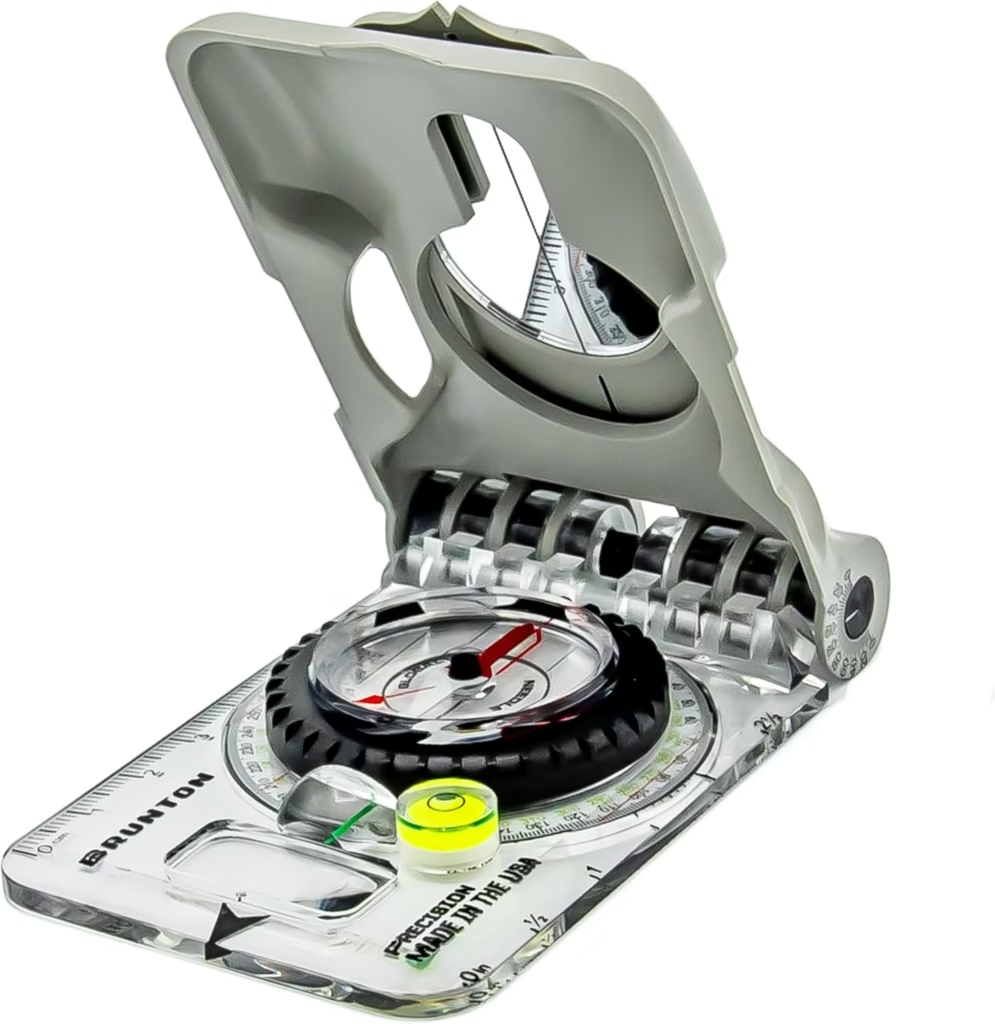
This compass is for preppers who know that declination errors can turn into “lost in the woods” disasters. The TruArc 20 has tool-free declination adjustment and a global needle.
Why It Rocks: Global needle, clinometer, tool-free declination. A Swiss Army Knife of compasses.
Best For: Preppers who want one compass that just works, period.
Scores
- Accuracy: 8
- Durability: 7
- Versatility: 9
- Value Rating: 8/10 (Well-rounded, not overpriced)
Overall Score: 82
Specs:
- Weight: 3.2 oz
- Global needle
- Clinometer
- Tool-free declination
Best For: Preppers traveling across regions with shifting magnetic declination.
5. Suunto A-10 — The Backup Every Prepper Needs
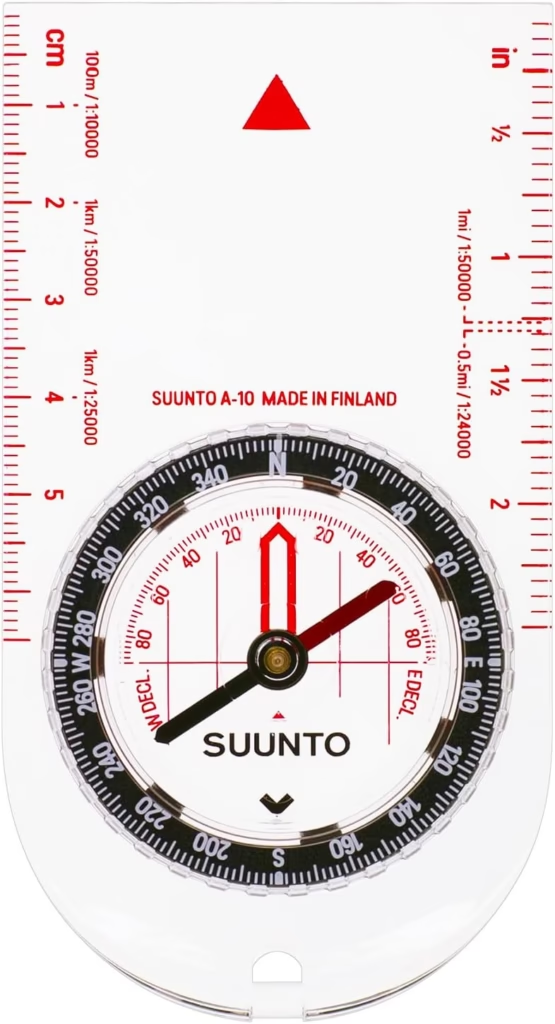
This is the no-frills workhorse for preppers who want a reliable backup that won’t crack under pressure. Simple, lightweight, and accurate—it’s the glovebox insurance policy against your “trusty sense of direction.”
Why It Rocks: Lightweight, straightforward, and built for accuracy without gadget bloat.
Best For: Beginners or seasoned preppers who want a dead-simple backup compass that just works.
Scores
- Accuracy: 8
- Durability: 7
- Versatility: 6
- Value Rating: 9/10 (Cheap, dependable, easy to stash)
Overall Score: 78
Specs:
- Weight: 1.1 oz
- Fixed declination scale (set manually)
- Clear baseplate with ruler and scales
- Luminous bezel markings
- Snap-lock lanyard
Best For: Beginners, backups, and glovebox emergency kits.
6. Cammenga Phosphorescent Lensatic – The Budget Soldier
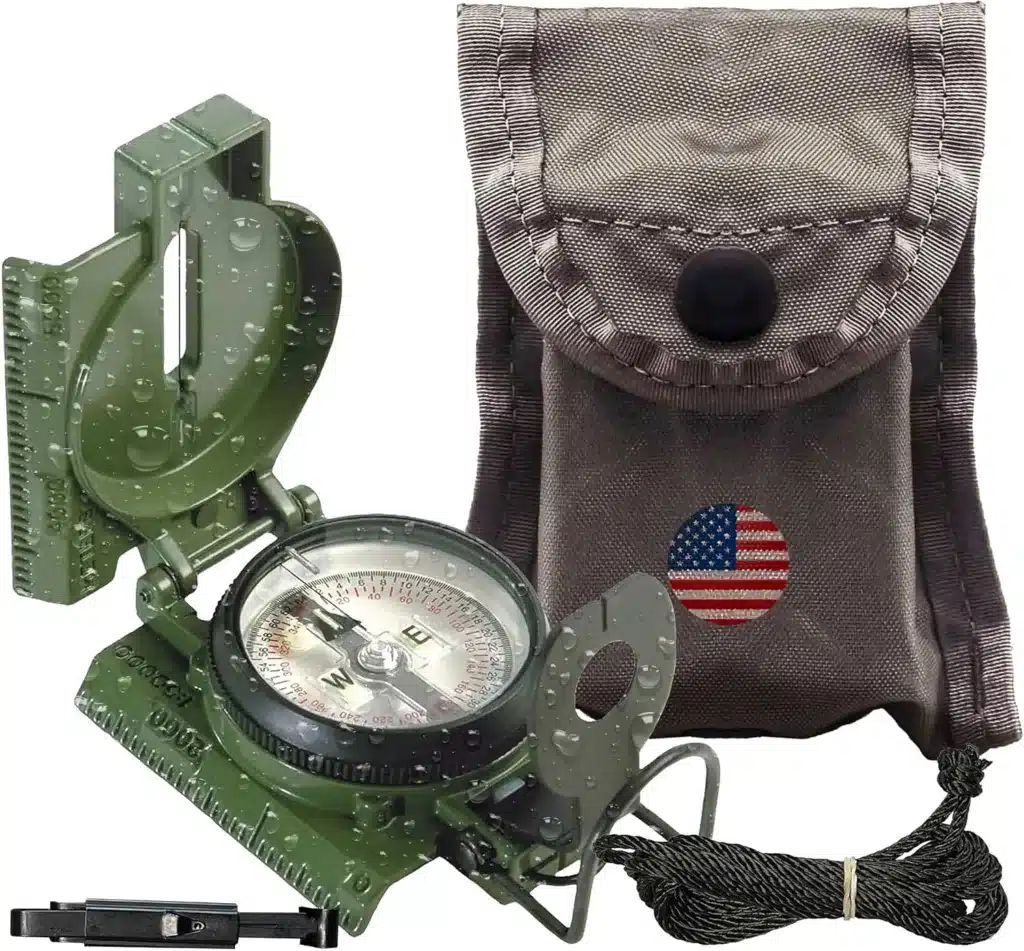
Not everyone wants to drop $80+ on a compass. The Eyeskey delivers a metal body, clinometer, and waterproof build for a fraction of the price.
Why It Rocks: Same rugged design as the tritium, but cheaper. Uses glow paint you “charge” with a flashlight.
Best For: Budget preppers who still want military toughness.
Scores
- Accuracy: 8
- Durability: 9
- Versatility: 6
- Value Rating: 8/10 (Military ruggedness for less cash)
Overall Score: 78
Specs:
Waterproof & shockproof
Weight: ~8 oz
Phosphorescent glow
7. Garmin Foretrex 601 — The High-Tech Prepper’s Hybrid
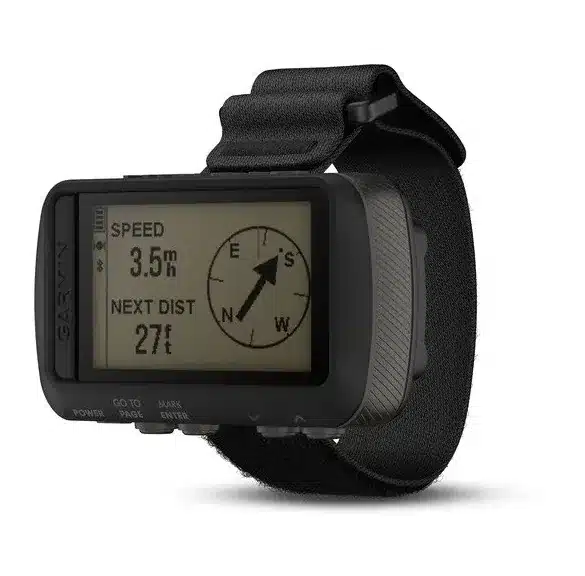
Yeah, it’s technically a GPS unit—but it comes with a digital compass, altimeter, and navigation tracking. Runs 48 hours on AAA batteries and works with night-vision goggles.
Why It Rocks: GPS wrist unit with a digital 3-axis compass. Rugged, military-approved.
Best For: Tech-loving preppers who also pack a real compass.
Scores
- Accuracy: 9
- Durability: 8
- Versatility: 9
- Value Rating: 6/10 (Pricey, but offers digital redundancy)
Overall Score: 85
Specs:
48-hour battery life
Weight: 3 oz
GPS with digital compass
Wrist-mounted
Pro Tip: Never trust electronics alone—pair this with a Suunto or Cammenga.
Comparison Table
| Compass | Recommendation | Price* | Weight | Features | Score | Value Rating |
|---|---|---|---|---|---|---|
| Suunto MC-2G | Best Overall | $68 | 2.6 oz | Global, Mirror, Declination | 86 | 9/10 |
| Cammenga 3H Tritium | Military Tank | $110 | 8 oz | Tritium, Rugged | 88 | 7/10 |
| Silva Ranger 2.0 | Map Nerd | $60 | 2.4 oz | Mirror, Luminous | 81 | 8/10 |
| Brunton TruArc 20 | Balanced Pick | $95 | 3.2 oz | Global, Clinometer | 82 | 8/10 |
| Suunto A-10 | Backup Pick | $21 | 1 oz | Simple, Baseplate | 70 | 10/10 |
| Cammenga Phosphorescent | Budget Military | $68 | 8 oz | Glow Paint, Rugged | 78 | 8/10 |
| Garmin Foretrex 601 | Tech Wildcard | $200 | 3 oz | GPS + Compass | 85 | 6/10 |
*Prices as of August 2025. Check current deals — survival gear inflation is real.
Key Considerations Before You Buy
Going Further: Magnetic Declination
The Earth’s magnetic north isn’t the same as true north. Depending on where you live, the difference can throw you miles off course. If your compass can’t adjust for declination, your map skills are basically a suggestion.
👉 Check my Understanding Declination for Preppers article (coming soon).
Alternatives and Backup
- GPS: Great until batteries die.
- Maps: Still king. Mark your azimuths directly.
- Ranger Beads: Track distance without electronics.
Wrapping Up (and My Experience)
The first time I trusted my “sense of direction,” I walked straight into a briar patch. The compass? Sitting unused in my pack, quietly mocking me. Lesson learned: instincts are garbage—gear and training win every time.
If I had to pick one today, I’d go with the Suunto MC-2G for its global accuracy and versatility. But I also keep a Suunto A-10 as backup because, let’s face it, two compasses are always better than one.
Add one (or two) of these to your bug-out bag, practice before you need it, and you’ll always know where you’re going—even if the grid doesn’t.
FAQs
Q: Do cheap Amazon compasses work?
Some do, but most will fail when you actually need them. If your life depends on it, buy quality.
Q: What’s the difference between baseplate and lensatic compasses?
- Baseplate: Best with maps, easy for beginners.
- Lensatic: Best for military-style sighting and precision.
Q: Should I carry more than one compass?
Yes. One is none, two is one. Always pack a backup.
Heads-Up, Fellow Preppers:
Some links in this post are sponsored or affiliate links. If you click and buy, I may earn a small commission—enough to restock my peanut butter and maybe add one more can of chili to the stash. I only recommend gear I trust, use, and would hide in a bug-out bag.


